Early history
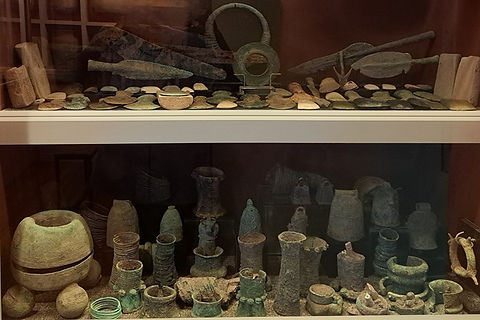
The Bronze Age marked a period when civilizations advanced metalworking by smelting copper and tin to create bronze. In Southeast Asia, the earliest known center of such production is Ban Chiang in northeast Thailand, where bronze artifacts such as ornaments, tools, weapons, and bells, have been dated to around 2100 BC. Some claims suggest the presence of tin bronze in Thailand was as early as 3000 BC, highlighting the region’s early expertise in metallurgy.
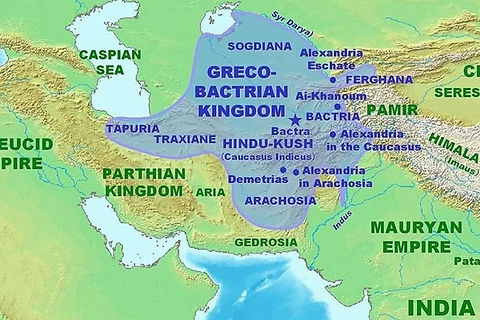
Regions around Central Asia were known for their abundant deposits of raw metals, that were a crucial supply source to early Indian civilizations.
Alexander the Great’s empire extended into the Indian subcontinent. After his death in 323 BC, the empire collapsed and the area became a hotbed of conflict between rival warlords.
This political instability disrupted access to metal resources. It is believed that this prompted the Indians to venture eastwards, and that metallurgy in present-day Thailand was already known to them.
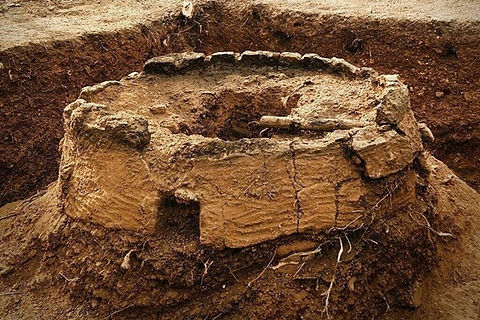
Iron Ore production was already established at several sites throughout present-day Thailand. In the West and South, ironworks and metal exchange with Indian Subcontinent are evidenced by archeological findings. Across the region, iron was smelted using bloomery furnaces that produced farming tools, weaponary, ornaments, and other items that supported trans-continental trade links.

The most significant and efficient path Indian traders used was by sea, taking advantage of the seasonal monsoon winds. Indian sailors from ports located along the western Coromandel Coast navigating across the Bay of Bengal and into the Andaman Sea. Their primary destination was the Isthmus of Kra, in what is now southern Thailand. They then used the river networks to cross the peninsula landstrip by boat to reach the Gulf of Thailand. From there, they sailed eastwards to as far as China.
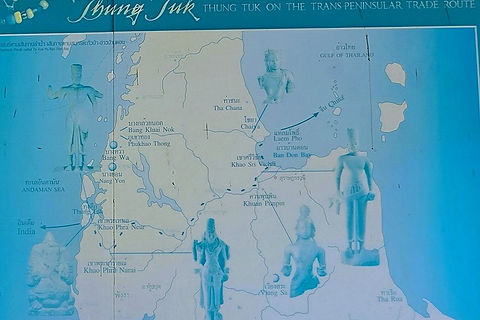
The early inhabitants of southern Thailand were related to the Mon and Khmer people, who practiced animist spiritual traditions that worshiped nature and ancestral spirits. These indigenous communities began to absorb Indian religious, political, and cultural concepts, that transformed into early Indianized kingdoms. This transformation was not a wholesale replacement of local beliefs but rather a syncretic process, where Hindu beliefs coexisted with animist practices in ideologies around a universal god.

Overland trade and migration routes over present-day Myanmar also facilitated the introduction of Indian religious ideas into Thailand. The Mon people, early settlers in both countries, acted as key intermediaries. Through these exchanges, Tamil and Sanskrit words, inscriptions, iconography, and structures began to appear. As a result, the region became part of a larger Indianized cultural sphere, where local traditions blended together with Indian systems.
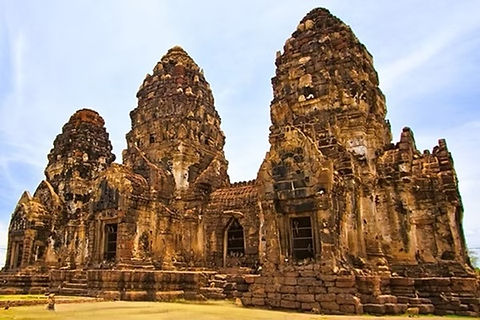
Over the centuries, rudimentary shrines transformed into majestic temples. The Khmer civilization that ruled over much of the country between the 9th to 13th centuries, propogated the Hindu faith and practices, constructing magnificent temples that exist today in Thailand. Later, as Buddhism gradually replaced Hinduism as the main religious belief, it was overlaid with Hindu cosmology, mythology, iconography, and spirituality.
